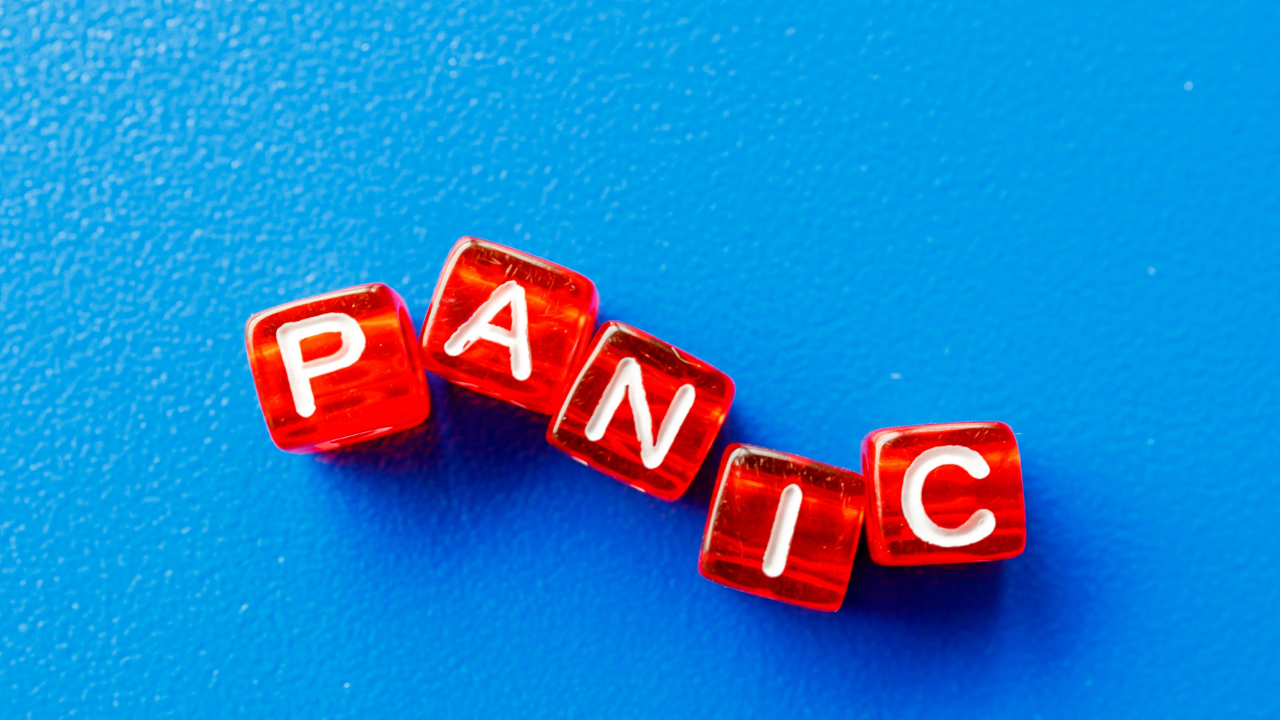
Adolescent Psychology: Methods for Releasing Anxiety and Stress
According to the American Psychological Association (APA), anxiety is an emotion that combines tension and worry, and it can affect blood pressure as it fluctuates with mood. When people feel anxious, negative thoughts replay repeatedly, often accompanied by physical reactions such as cold sweats, trembling, dizziness, and rapid heartbeat. Although anxiety is uncomfortable, it helps us detect danger. If we can learn to coexist with it, we can build resilience to cope with stress.
Anxiety is often confused with fear, but it is important to understand the difference. In most cases, fear is triggered by immediate danger, such as the instinct to flee when seeing a bear in the forest. Anxiety, on the other hand, arises before a significant event happens, such as the anxiety one might feel before giving a presentation in front of the whole class. To avoid the inner discomfort, one might choose to skip the presentation and stay home. Both situations signal to our brain that danger is near, but the former presents an immediate threat to our safety, while the latter is based on our imagination.
Before learning how to handle anxiety, it's important to recognize its symptoms to better understand how to cope with it. Common anxiety-related disorders include:
Specific phobia
Social anxiety disorder
Panic attack
Obsessive-compulsive disorder
Posttraumatic stress disorder
Fortunately, anxiety can be controlled and alleviated. While it cannot be completely prevented, we can use the following methods to help regain confidence:
Grounding
Similar to "grounding meditation," this technique connects us with nature and draws energy from the earth, combined with breathing exercises to restore inner peace. If you're indoors, you can also use your imagination. Stand or sit, take deep breaths, and repeat the following:
My name is ______, I am ______ years old. Today is ______ (year/month/day). I am in ______ (location), and I am safe. I do not live in the past, nor am I in the future; in this moment, I am safe. The earth and nature support me, and my family and friends give me strength. I am not alone, I am safe.
Respiratory Control
This breathing exercise differs from the TIPP technique in that it does not focus on deep inhales or exhales, but rather on breathing through the nose. It helps regulate the breathing rhythm and achieve a state of even breathing. During the process, simply rely on your nose and focus on the act of breathing itself. The steps are as follows:
1. Inhale and exhale 2-3 times.
2. Hold your breath for 1-2 seconds.
3. Repeat the same actions until you feel calmer
In addition, you can try the 54321 meditation technique, which directs your attention to the surrounding environment to stay calm. The steps are as follows:
1. Name five things you can currently see.
2. Name four things you can currently touch.
3. Name three things you can currently hear.
4. Name two things you can currently smell.
5. Name one thing you can currently taste.
Remember, anxiety is an emotion that everyone experiences. In certain situations, if we can identify its function, it will bring us many benefits. Feeling nervous before a presentation or speech is normal. Try the above methods, and when there is no immediate threat to our emotions, anxiety will gradually fade away.
閱讀中文版文章:青少年心理學:釋放焦慮與壓力的方法
Contact Us for High School Counseling & College Application Guidance
